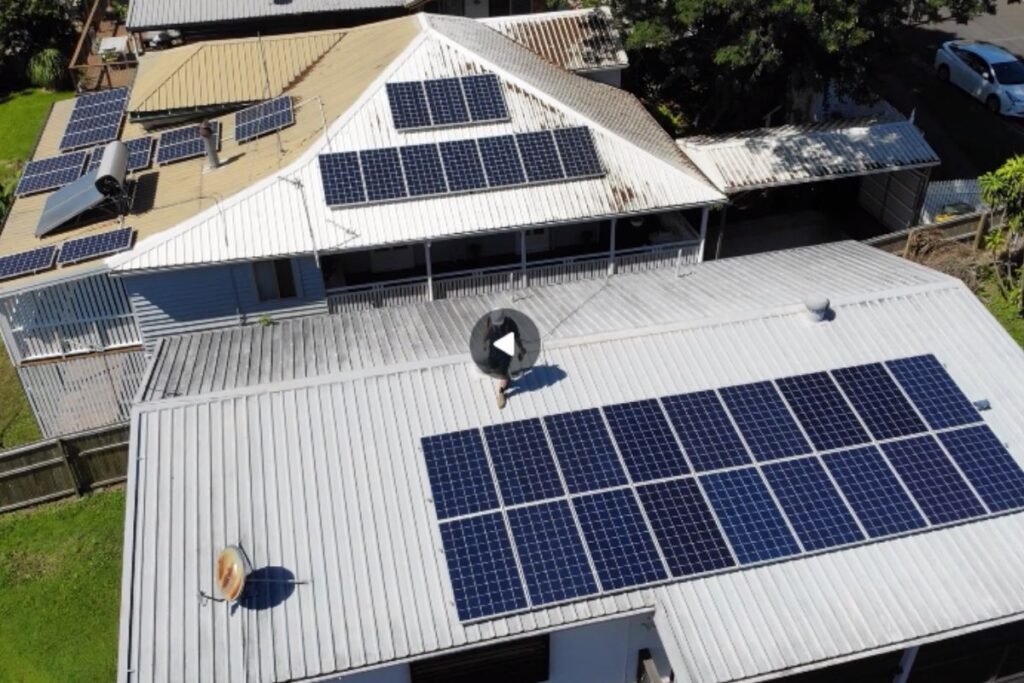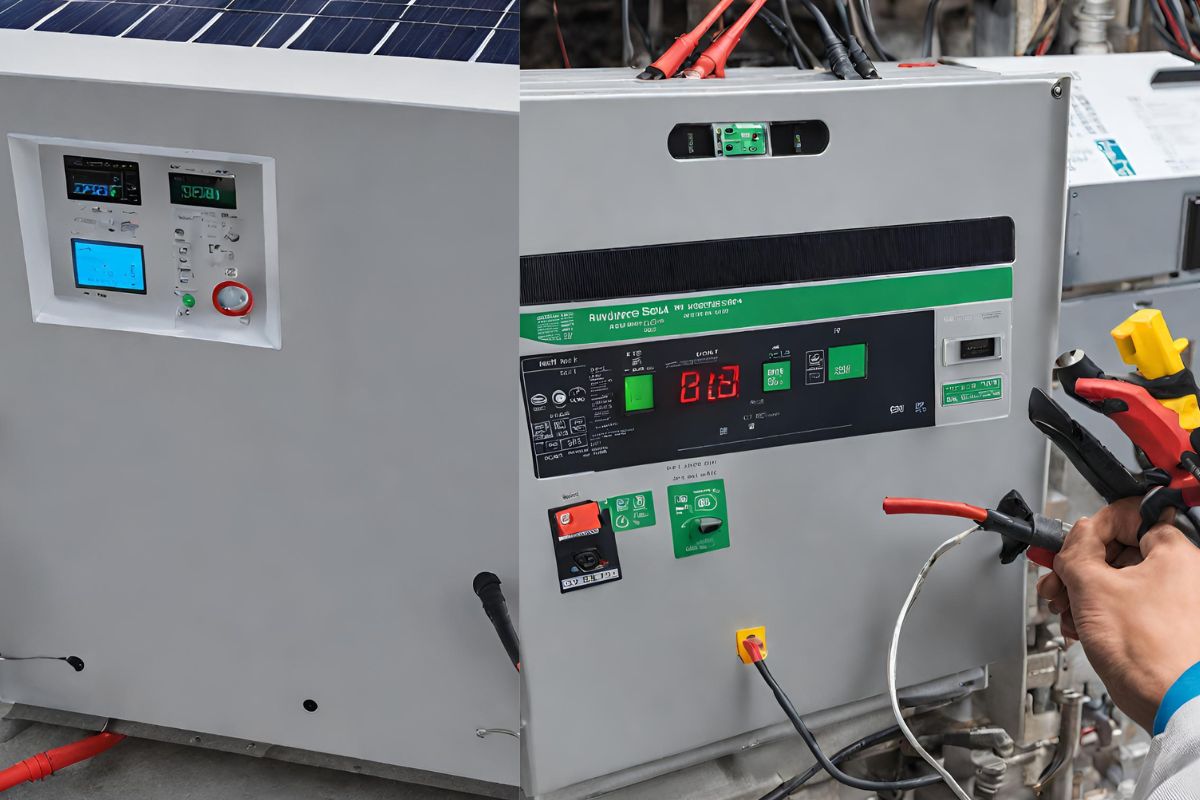What I first noticed concerning the disadvantages of bifacial solar panels is that they are more challenging to set up and much more expensive to maintain.
The bifacial panels have a lot of benefits. Even at that, they still come with their disadvantages, and that is part of what we shall be looking at in this article.
Let us see other factors leading to the disadvantages of bifacial solar panels.
Read also: Bifacial Solar Panels Structure.
The Disadvantages Of Bifacial Solar Panels
One major disadvantage of bifacial solar panels is their dust-collection sensitivity.
Moreover, the panels accumulate dirt and debris from both sides because of their designs. Of course, if they are cleaned regularly, their performance will improve.
This needs more maintenance efforts, which may increase operational expenses over time.
Furthermore, the requirement for higher ground albedo also limits their deployment in areas with low ground reflection.
This can restrict their flexibility across different geographical regions.
Also, their increased weight and bulk can cause difficulties during shipping and installation, increasing logistical problems.
How Are Bifacial Solar Panels Different From Conventional Ones?
Monofacial and bifacial solar panels are becoming more popular, and people are majorly concerned about the difference between them.
The primary difference is in the design. Bifacial solar panels have a transparent rear rather than an opaque backside.
They can receive solar energy from both sides because of this property. That is why they can generate solar electricity from both sides of the panel.
Traditional modules have an opaque covering and can only absorb light from one side.
However, efficiency, cost, weight, durability, and other parameters should be considered while comparing various solar panels.
Frameless Bifacial Solar Panels
The framing is another significant difference between bifacial and monofacial panels.
Traditional solar array frame is made of aluminum, a material that has been utilized for decades due to its durability and lightweight.
Bifacial solar panels, which are commonly frameless, maintain the solar cells in place using two panes of glass and a reflective back plate.
Their design can be entirely transparent and have a larger exposed surface area, allowing the solar cells to absorb more sunlight from both the front and rear.
Bifacial modules on both sides of the frameless solar panels generate electricity.
When bifacial modules are placed on a highly reflecting surface, they can generate additional power from the back and enhance more output.
Rooftop-mounted bifacial arrays are more visually beautiful, but they are more effective when positioned adjacent to highly reflective surfaces that may bounce light back onto the underside of the panels.
Bifacial modules come in a variety of forms. Some have frames, while others do not.
Some are made of two layers of glass, while others are made of translucent back sheets.
Although polycrystalline cells exist, most are monocrystalline. Only one thing is constant: power is created by both panels.
There are bifacial, frameless dual-glass systems that display cell backs also.
Bifacial panels collect more light and create more power than monofacial arrays if the ground underneath them is reflective.
This gives bifacial solar panels an edge over monocrystalline panels, which only have one absorbing face.
Suppose a bifacial panel can generate more energy than a standard solar panel.
In that case, fewer of them are needed to power an ordinary household, reducing space needs adequately.
What Are Bifacial Solar Panels?
Bifacial modules generate solar energy on both sides of the panel. While traditional opaque panels are monofacial, bifacial modules expose the solar cells’ front and back sides.
Some are double-glazed (two layers of glass with solar cells sandwiched between them), while others have transparent back sheets.
The majority employ monocrystalline cells; however, polycrystalline variants are also available.
There are frameless bicrystalline modules that reveal the back of the cells, but they are not bifurcated.
True bifacial modules feature power bars and connections on both the front and back of their cells.
Individuals and professionals both utilize this sort of solar panel.
How Are Bifacial Solar Panels Installed?
Because typical mounting and fastening techniques are already geared to framed models, a framed bifacial module can be easier to install than a frameless module.
Some bifacial module producers provide bracket clamps for installing their modules.
Rubber guards are often used on the module flanges of frameless bifacial modules to protect the glass.
In this instance, care must be taken to avoid damaging the glass by over-tightening the screws.
Because of its bifacial features, the more a bifacial module is tilted, the more power it produces.
Too near installation of bifacial modules to tile, waterproofing, or the floor prevents reflected light from reaching the rear of the cells.
As a result, bifacial modules function well because there is greater room to tilt and reflect light into the modules on flat roofs and ground-mounted buildings.
The mounting mechanism might influence the performance of bifacial modules. Racks with support rails may hide the solar panel’s backside.
To reduce shadowing, junction boxes for bifacial panels are now smaller or divided into many units mounted along the panel’s border.
This disadvantage on the back face is eliminated by mounting solutions intended for bifacial installations.
When Should Bifacial Solar Panels Be Used?
A bifacial solar panel performs best when positioned in vast areas with high solar radiation, allowing the panel’s backside to catch solar energy and create electrical energy.
As a result, they should only be installed in big photovoltaic parks with a high solar incidence.
Bifacial solar panels can be employed in metropolitan locations in some cases.
They are especially suitable for use on free-standing buildings that give partial shade yet are tall enough, such as pavilions, carports, awnings, and pergolas.
Because these regions are extremely restricted, big spaces that do not block sunlight are the best option.
Final Thought
The advantages of bifacial solar panels today are much more than the disadvantages, as we have seen the disadvantages of bifacial solar panels in this article.
Another important thing to do when installing the bifacial solar panels is to have space behind the double panels.
If you are looking to benefit more from the solar power generated by the double panels in an ice location or sand that reflects the sun’s rays, bifacial panels are better.
This enables the back face to generate electricity, even when away from sunlight.
Read also: Bifacial Solar Panels Efficiency(Unlock Massive Cost-Saving Secrets).



